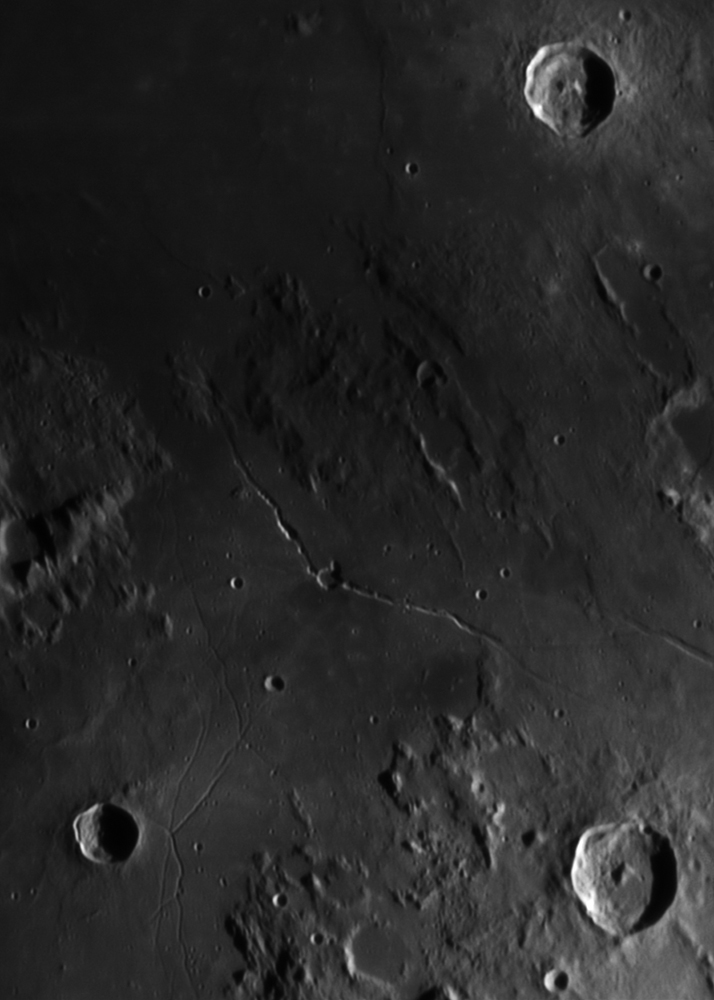
| Gavin James | |||
| 07808 480621 | |||
| gavin@gjmultimedia.co.uk | |||
| Astronomy | << previous | next >> |
| Moon Detail 2 - 2015-02-26 | |||||
|
|||||
|
|
||||
The entire contents of this website are copyright Gavin James, GJMultimedia © 2017 - strictly no copying without permission - all rights reserved
